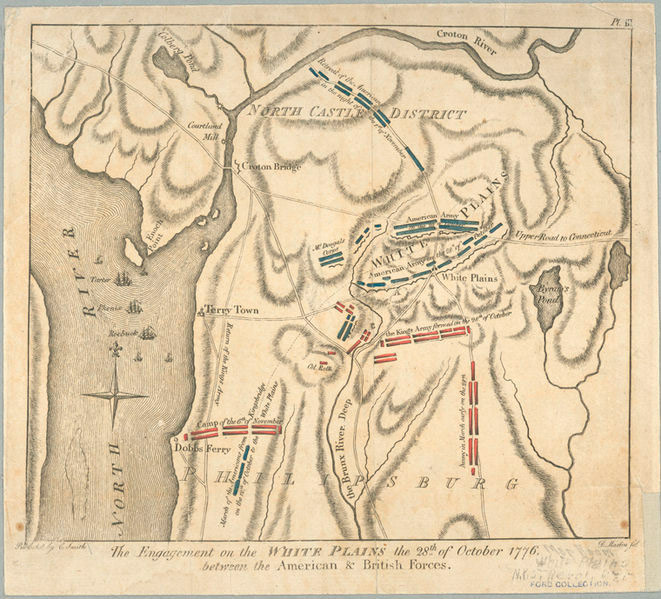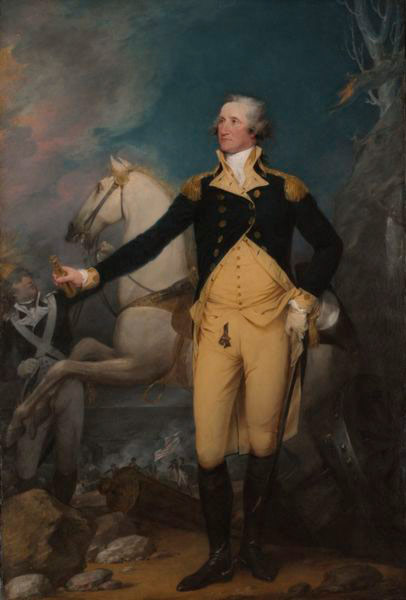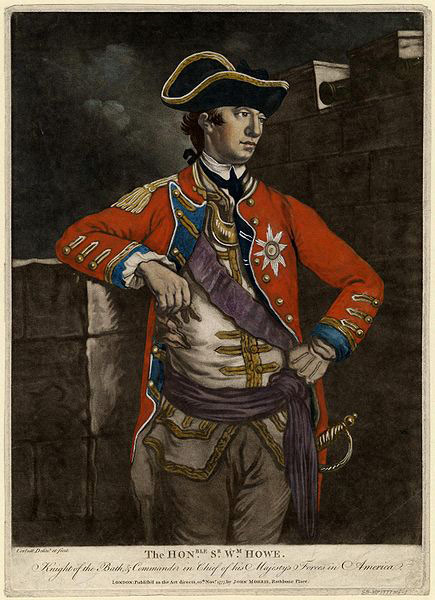 America’s most revered general, George Washington, suffered far more defeats than victories in the Revolutionary War against the British, but Washington was brilliant in defeat. If he had to retreat, which he often did, he used the pull-back of his troops as a strategy to reposition himself and maneuver future advantages over his enemy.
America’s most revered general, George Washington, suffered far more defeats than victories in the Revolutionary War against the British, but Washington was brilliant in defeat. If he had to retreat, which he often did, he used the pull-back of his troops as a strategy to reposition himself and maneuver future advantages over his enemy.
A classic case in point is one of the earliest battles of the American Revolution, the Battle of White Plains in New York. The event took place on October 28, 1776, just months after the birth of America with its Declaration of Independence.
To understand the Battle of White Plains it is important to look at events and circumstances that led up to the clash that pitted British General William Howe against Washington.
How it Begin
General Howe had been forced to abandon his occupation of Boston earlier in March, 1776. Local militia and American military forces laid siege to Boston and inflicted heavy casualties upon the British. The Siege of Boston was the opening of the shooting war between the two sides. It included one of the most famous and bloody fights of the entire war, the Battle of Bunker Hill.
 After evacuating Boston, Howe marshaled his troops for an assault on New York. The British executed a landing without resistance on Staten Island in July and on Long Island in August. But they had to confront Washington’s resistance a short time later from where Washington had dug in his troops on Manhattan Island.
After evacuating Boston, Howe marshaled his troops for an assault on New York. The British executed a landing without resistance on Staten Island in July and on Long Island in August. But they had to confront Washington’s resistance a short time later from where Washington had dug in his troops on Manhattan Island.
Washington Established Headquarters at North White Plains
Washington and Howe’s armies engaged in battles on Long Island in the late summer and early fall which resulted in a series of defeats for the Americans, forcing them to withdraw. There were more battles, skirmishes and contests in and around this area of New York which eventually resulted in Washington retreating to the White Plains. A yet ill-formed Continental Army — barely a rag-tag collection of militia and raw recruits — gathered near the village of White Plains on October 21, 1776. Washington established his headquarters at the Elijah Miller House in North White Plains.
Militia vs. British Troops
Washington had little to work with in terms of professional, well-trained troops. Most of his army was composed of short-time enlistees and a locally elected militia of uneven quality. Washington wrote letters to Congress urging the formation of more formal, well-trained Continental Army. In the meantime, however, the British were relentlessly pursuing the troops Washington did have, which meant the general had to substitute strategy and cleverness for what he lacked in trained soldiers and firepower.
It should be noted that Washington was greatly aided by what many believe to be the stunning incompetence of the British leadership, and especially General Howe’s almost inexplicable reluctance to seal his victories over the Americans by often not pursuing them in their retreats, and finishing them off when he had a chance. This is especially true at White Plains.
The Battle
 The real fighting in White Plains commenced on October 28. The Americans had a slight numerical advantage with about 14,500 troops against 13,000 British regulars mixed with Hessian mercenaries. The reality was, however, that only about 4,000 soldiers participated in the battle itself. By the time the dust had cleared, the British counted a casualty of 313 against 300 for the Americans. It should be noted that figures for American casualties are highly speculative and there is no clear agreement on how many Americans died in Battle of White Plains. Some accounts put the score at about 50 Americans dead, others at 150 to 250.
The real fighting in White Plains commenced on October 28. The Americans had a slight numerical advantage with about 14,500 troops against 13,000 British regulars mixed with Hessian mercenaries. The reality was, however, that only about 4,000 soldiers participated in the battle itself. By the time the dust had cleared, the British counted a casualty of 313 against 300 for the Americans. It should be noted that figures for American casualties are highly speculative and there is no clear agreement on how many Americans died in Battle of White Plains. Some accounts put the score at about 50 Americans dead, others at 150 to 250.
Many historians consider the Battle of White Plains to be basically a draw. Its significance was probably made greater by what happened afterward. Both sides gained advantages and disadvantages in the aftermath of White Plains.
Aftermath for the Americans
The biggest boon to the fledgling American forces was probably the basic fact that they survived and were able to retreat into New Jersey and regroup. However, by this time the American forces were suffering deplorably low morale. They had spent the previous two months being pushed around New York by the British, taking casualties, while constantly lacking basic supplies, from food to ammunition, and even boots and warm coats.
In the cold, bitter winter of December 1776, the American Revolution was extremely close to folding just months after it had begun. Washington knew he needed a victory, and something that was more than just scoring a draw and then retreating after as he did in White Plains. In a bold move, Washington decided to launch a surprise attack on a British garrison in Trenton, New Jersey, where he was able to surprise a sleeping regiment of Hessians and secure a victory. Although minor in terms of military significance, the Battle of Trenton was a major boost to the morale of the entire army and American cause.
Aftermath for the British
The British were able to make some lemonade from lemons after the Battle of White Plains, too, however. Although they might have been better off chasing Washington into New Jersey and finishing them off – which they easily could have done – they decided instead to march back to New York, where they were able to score a series of significant successes by taking American garrisons in Manhattan and Fort Washington.
A Day to Remember
The Battle of White Plains is still commemorated every year on the day of the battle by local historical societies in the White Plains, New York area. An official commemoration takes place in the Jacob Purdy House every October, a home which was also used for a time by George Washington as headquarters during his operations in White Plains. The Jacob Purdy House is the home of the White Plains Historical Society today. Two U.S. Navy ships have also been named in honor of the Battle of White Plains.
It may seem strange to some that commemorations are held and ships have been named in honor of this battle, considering that it was a draw at best, and a defeat at worst, resulting in a retreat of American forces. But when one examines the overall strategy of George Washington, his brilliant use of engage-and-withdraw tactics, it’s clear that the Battle of White Plains played a significant role in maintaining resistance against a vastly superior force, buying time for the American effort to survive long enough to fight again another day – and win.